Nutrition
If you find a broken link in this list, please report it to the webmaster.
What foods are in the Protein Foods Group?
How much food from the Protein Foods Group is needed daily?
Note: Click on the top row to expand the table. If you are on a mobile device, you may need to turn your phone to see the full table.
| DAILY PROTEIN FOODS TABLE | ||
|---|---|---|
| DAILY RECOMMENDATION* | ||
| Children | 2-3 years old 4-8 years old |
2 ounce equivalents 4 ounce equivalents |
| Girls | 9-13 years old 14-18 years old |
5 ounce equivalents 5 ounce equivalents |
| Boys | 9-13 years old 14-18 years old |
5 ounce equivalents 6 ½ ounce equivalents |
| Women | 19-30 years old 31-50 years old 51+ years old |
5 ½ ounce equivalents 5 ounce equivalents 5 ounce equivalents |
| Men |
19-30 years old
31-50 years old
51+ years old
|
6 ½ ounce equivalents 6 ounce equivalents 5 ½ ounce equivalents |
What counts as an ounce-equivalent in the Protein Foods Group?
Note: Click on the top row to expand the table. If you are on a mobile device, you may need to turn your phone to see the full table.
| OUNCE-EQUIVALENT OF PROTEIN FOODS TABLE | ||
|---|---|---|
| AMOUNT THAT COUNTS AS 1 OUNCE-EQUIVALENT IN THE PROTEIN FOODS GROUP | COMMON PORTIONS AND OUNCE-EQUIVALENTS | |
| Meats |
1 ounce cooked lean beef 1 ounce cooked lean pork or ham |
1 small steak (eye of round, filet) = 3 ½ to 4 ounce-equivalents 1 small lean hamburger = 2 to 3 ounce-equivalents |
| Poultry |
1 ounce cooked chicken or turkey, without skin 1 sandwich slice of turkey (4 ½" x 2 ½" x 1/8") |
1 small chicken breast half = 3 ounce-equivalents ½ Cornish game hen = 4 ounce-equivalents |
| Seafood | 1 ounce cooked fish or shell fish | 1 can of tuna, drained = 3 to 4 ounce-equivalents 1 salmon steak = 4 to 6 ounce-equivalents 1 small trout = 3 ounce-equivalents |
| Eggs | 1 egg |
3 egg whites = 2 ounce-equivalents |
| Nuts and seeds | ½ ounce of nuts (12 almonds, 24 pistachios, 7 walnut halves) ½ ounce of seeds (pumpkin, sunflower, or squash seeds, hulled, roasted) 1 Tablespoon of peanut butter or almond butter |
1 ounce of nuts of seeds = 2 ounce-equivalents |
| Beans and peas |
¼ cup of cooked beans (such as black, kidney, pinto, or white beans) ¼ cup of cooked peas (such as chickpeas, cowpeas, lentils, or split peas) ¼ cup (about 2 ounces) of tofu |
1 cup split pea soup = 2 ounce-equivalents 1 cup lentil soup = 2 ounce-equivalents 1 cup bean soup = 2 ounce-equivalents 1 soy or bean burger patty = 2 ounce-equivalents |
Selection Tips
- Choose lean or low-fat meat and poultry. If higher fat choices are made, such as regular ground beef (75-80% lean) or chicken with skin, the fat counts against your limit for calories from saturated fats.
- If solid fat is added in cooking, such as frying chicken in shortening or frying eggs in butter or stick margarine, this also counts against your limit for calories from saturated fats.
- Select some seafood that is rich in omega-3 fatty acids, such as salmon, trout, sardines, anchovies, herring, Pacific oysters, and Atlantic and Pacific mackerel.
- Processed meats such as ham, sausage, frankfurters, and luncheon or deli meats have added sodium. Check the Nutrition Facts label to help limit sodium intake. Fresh chicken, turkey, and pork that have been enhanced with a salt-containing solution also have added sodium. Check the product label for statements such as “self-basting” or “contains up to __% of __”, which mean that a sodium-containing solution has been added to the product.
- Choose unsalted nuts and seeds to keep sodium intake low.
*** CLICK AT ANY PICTURE below TO ENLARGE IT and see a SLIDE SHOW***
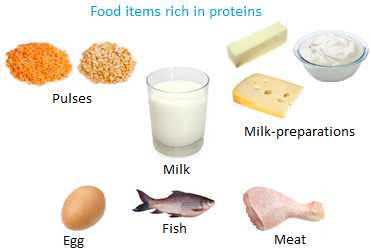 |
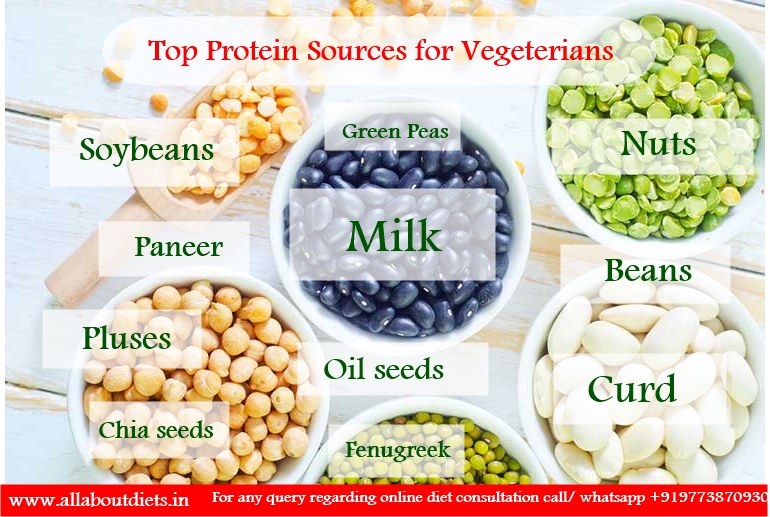 |
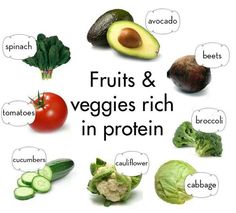 |
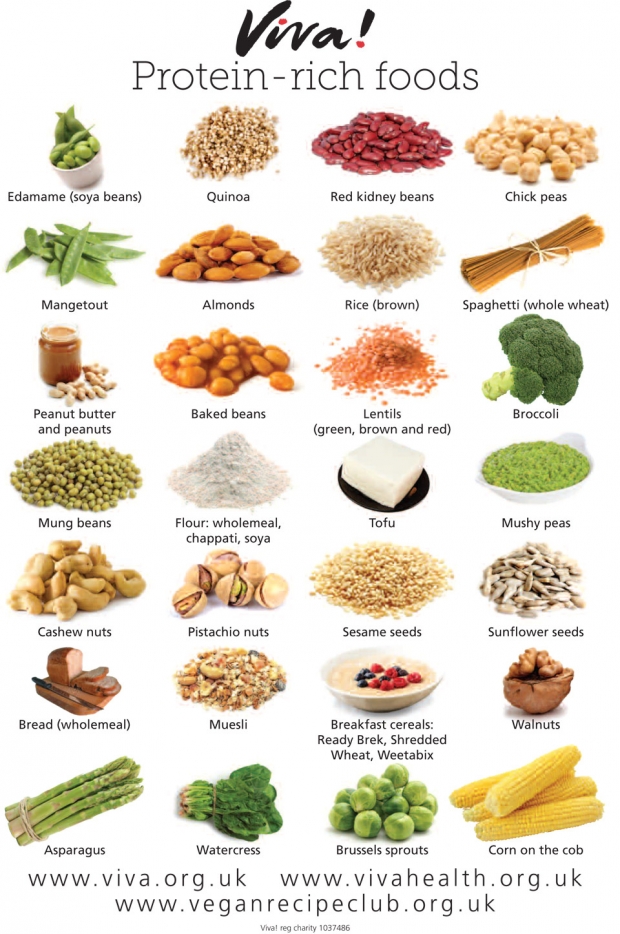 |
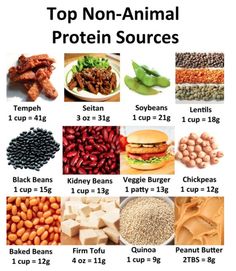 |
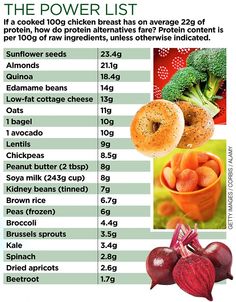 |
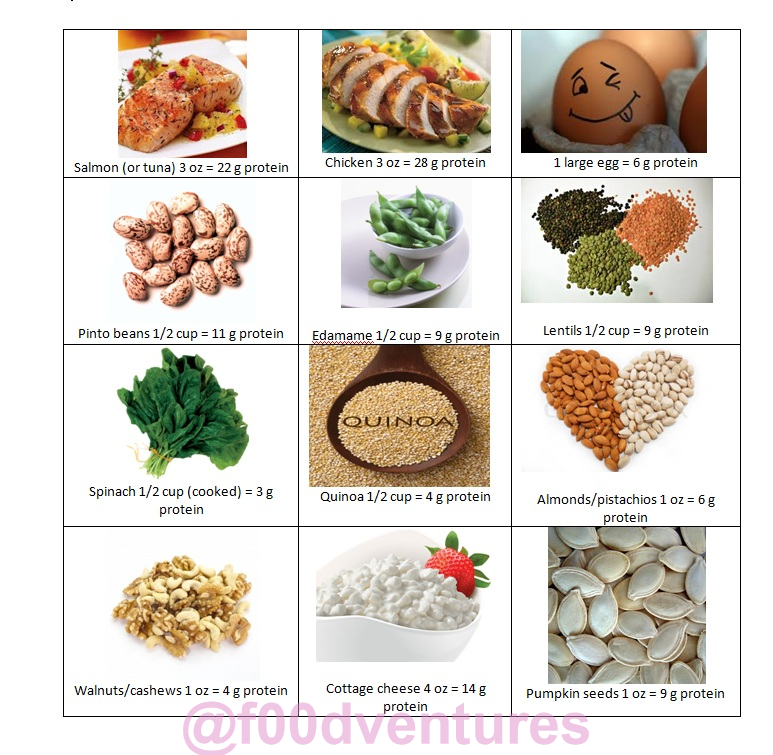 |
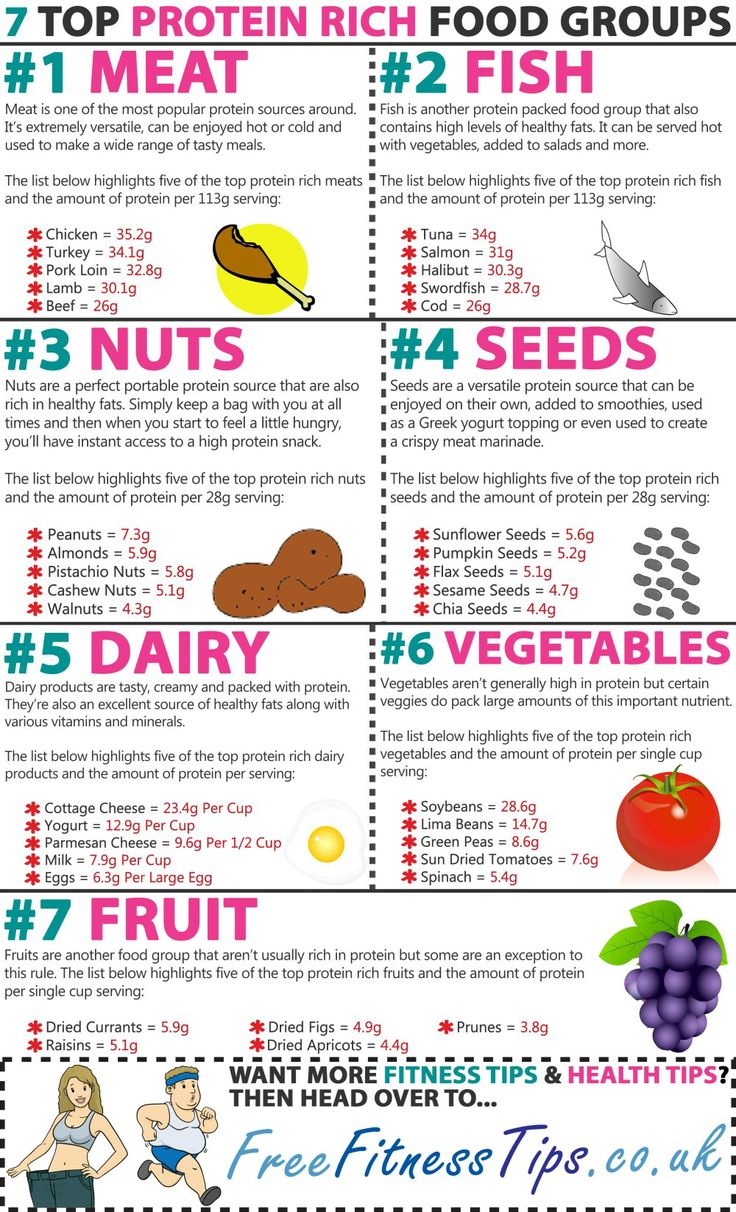 |
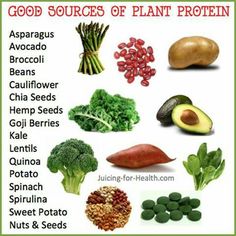 |
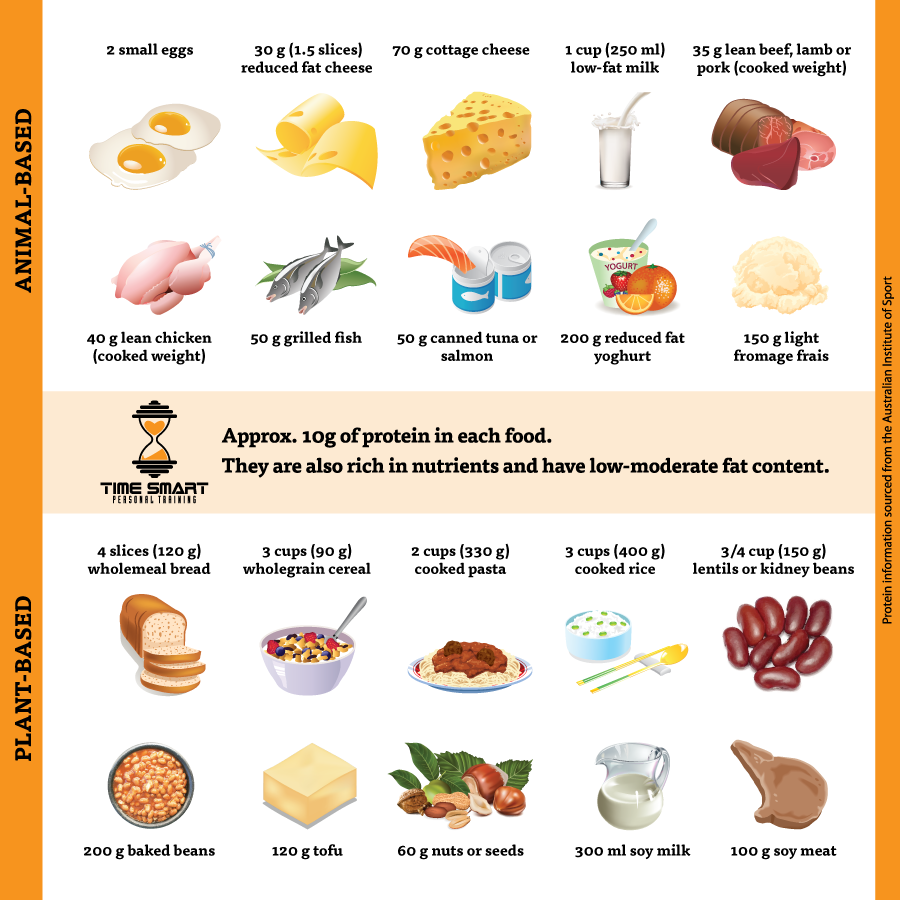 |
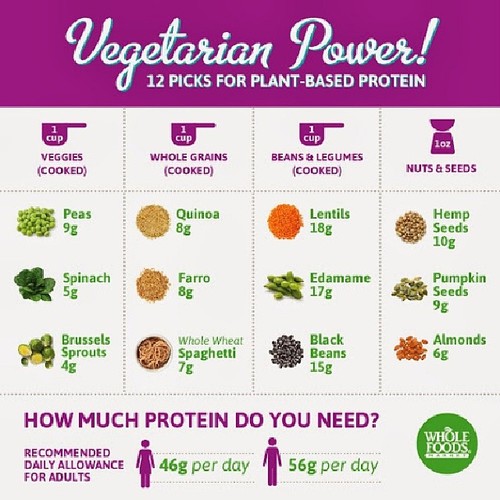 |
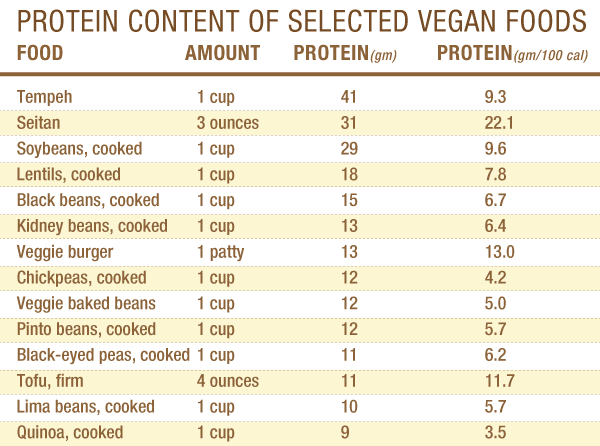 |
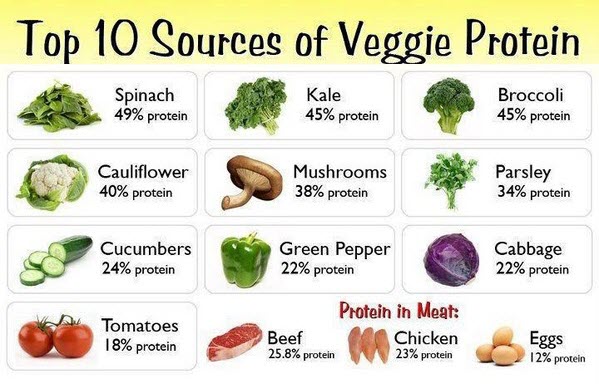 |
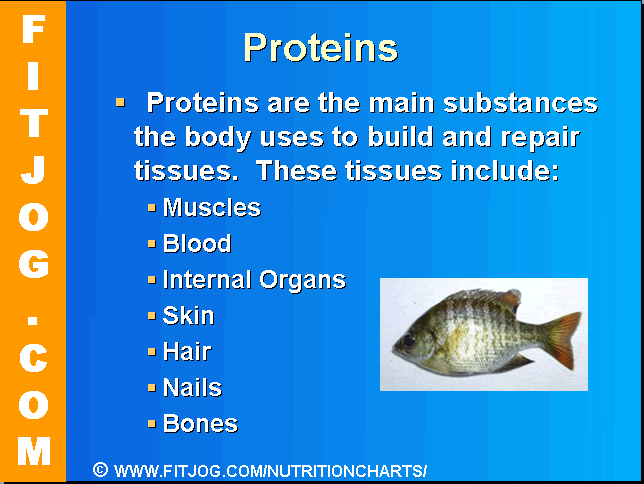 |
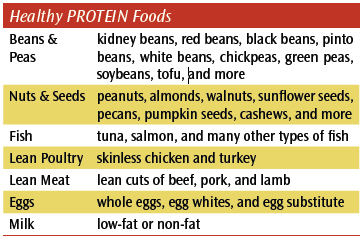 |
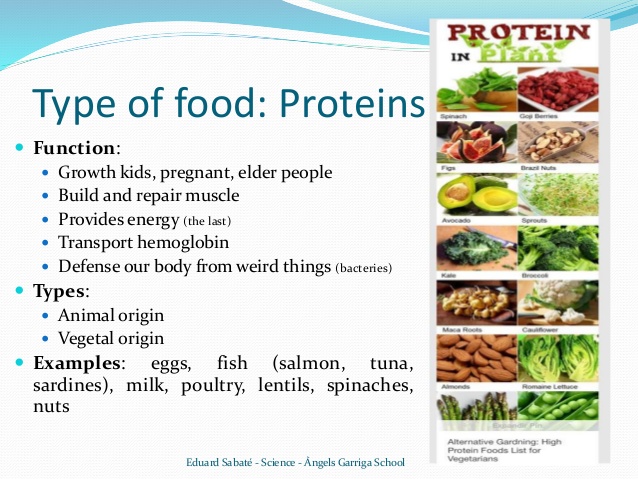 |
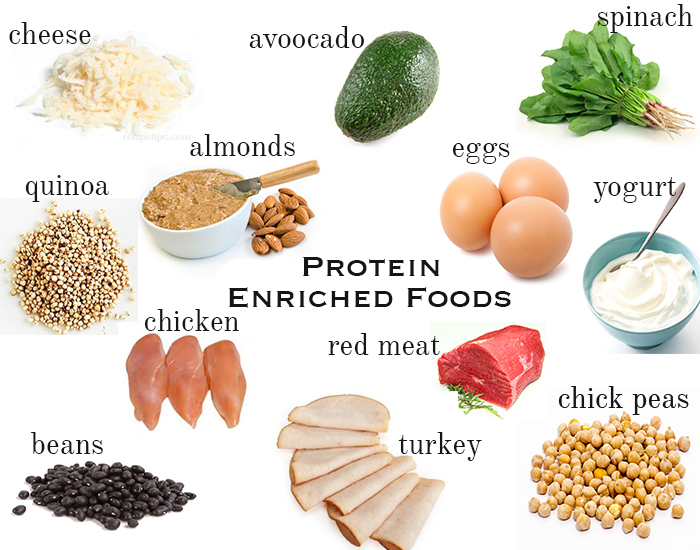 |